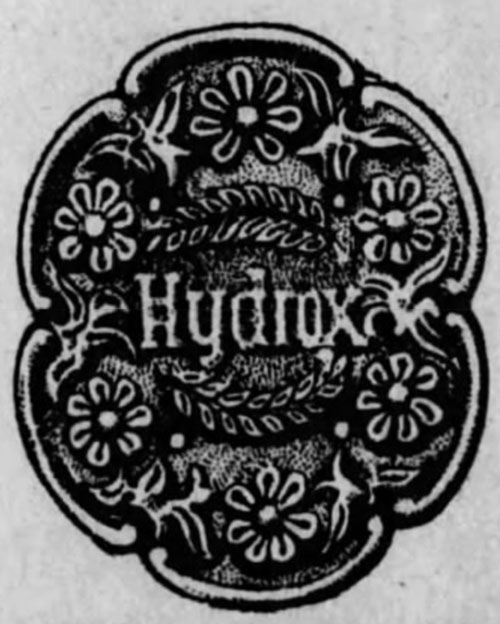I always liked Hydrox far better than Oreos and wondered why they lost out.
‘A few years after the launch of Sunshine Biscuits, the company came up with the biscuit sandwich it called Hydrox in 1908—four years before the Oreo. Like the sunlight that glimmered through its factories, the name was intended to speak to a basic purity of product.
The truth was a bit more complicated, however. Intended to imply hydrogen and oxygen—the two chemicals that make up water—the result has a more clinical, less roll-off-the-tongue convention to it, and instead evokes hydrogen peroxide, a chemical you probably don’t want to drink.
And it didn’t help that that there was an existing Hydrox Chemical Company on the market, one that sold hydrogen peroxide andwas caught up in a trademark lawsuit at the time over the use of the word “hydrox”—a lawsuit that noted the term was used for coolers, for soda, even for brands of ice cream.
An early Hydrox cookie design. (via the Akron Evening Times)
Long story short, it was a weird name for a cookie. But the cookie’s design, which was initially sold with an exotic “English biscuit” twist, was pretty interesting for its era: With an industrial press from a mold, the cookie took on the look of a flower.
It felt like a game-changer, but it turned out to be a game-changer for Nabisco, under a completely different (and better) name. It was one of three cookies introduced by Nabisco on April 2, 1912, with the other two—the Mother Goose biscuit and the Veronese biscuit—being lost to history, but Oreo’s “two beautifully embossed chocolate-flavored wafers with a rich cream filling” living to the modern day…’
Source: Tedium


